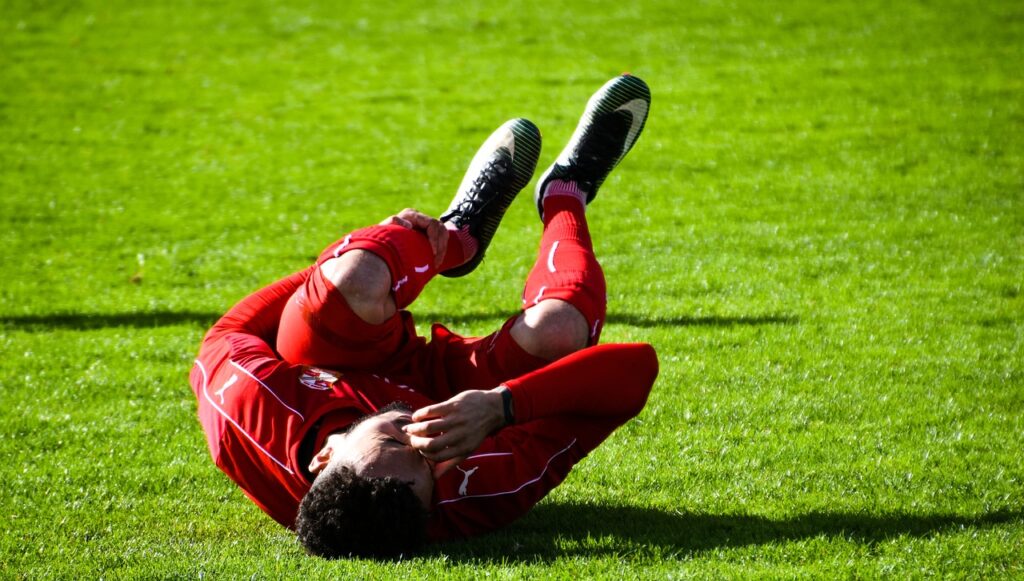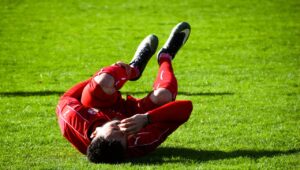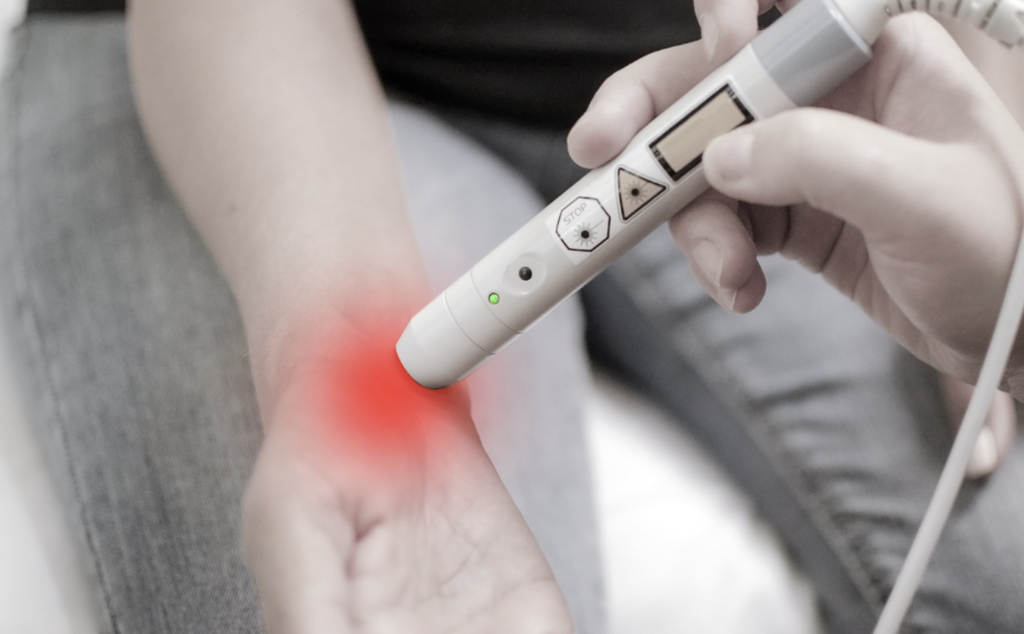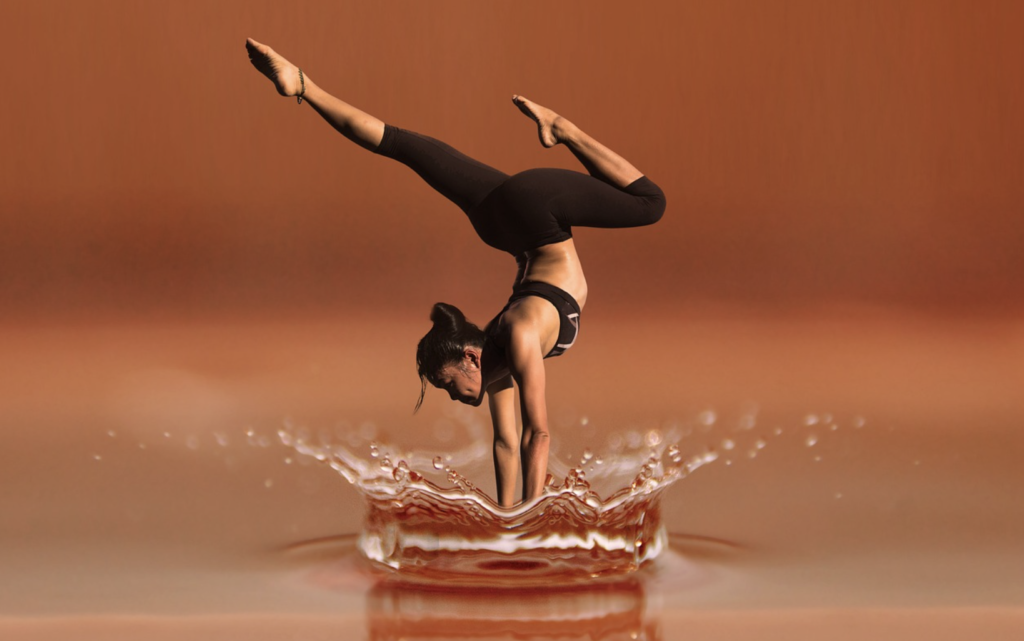
Inflammation and Injury

Need to get back in the game quickly?
Stop beating yourself up and work with your body to recover faster this time!
Injuries slow us down.
Inflammation brings more pain.
Why does inflammation happen?
Inflammation is your body’s natural response to an injury. Whether you’re an athlete in training or a parent running around with your kids in the park, you have experienced a painful injury at some point, from rolling over on an ankle or reaching to quickly for that box on the top shelf.
Your body is remarkable in design.
As you trip over that fallen log on your adventure race course (or step on the LEGO tower for the upteenth time), your twisted knee and compressed shin tissue respond with almost instantaneous inflammation. The pain is quickly followed by swelling, bruising and reduced mobility.
Good news:
Your body has activated its defense and protection.
But too much prolonged inflammation is the body’s way of letting you know something more is going on!
2 Keys to Understanding Inflammation, Injury &
Getting the help you need
These 2 key characteristics help us understand how inflammation is working in your body:
Type of Inflammation:
Acute or Chronic
Type of Injury:
Infectious or Non-Infectious
Learn the basics.
Is inflammation helping you or slowing you down?

Type of inflammation in the body
- acute inflammation is:
“an immediate, adaptive response with limited specificity caused by several noxious stimuli, such as infection and tissue damage (tissue necrosis)”
source: https://www.ncbi.nlm.nih.gov/books/NBK556083/#article-17156.s2
Acute inflammation helps you.
Pay attention. Learn from it. It usually results from an injury or an accident. It requires recovery time with rest, support, nutritional boosts and/or physical therapy. Best practice is to get medical support as soon as possible and physical therapy within the first 2-3 weeks. After 6 weeks or longer, the success rate of 100% recovery of tissues and joints is much lower due to scarring and other complications from immobility or ongoing inflammation.
With sports injuries: get medical and physical aid ASAP
- chronic inflammation is: “slow, long-term inflammation lasting for prolonged periods of several months to years. Generally, the extent and effects of chronic inflammation vary with the cause of the injury and the ability of the body to repair and overcome the damage.”
source: https://www.ncbi.nlm.nih.gov/books/NBK493173/#article-19530.s2
Chronic inflammation is so predominant in our society, that it is classified as the leading cause of death in North America. When inflammation is recurring it does not allow us to live in our optimal health zone. Too often an injury is overlooked, untreated or the recovery process rushed. The result can be developed chronic inflammation and tissue damage. With this type of inflammation, it’s best to start slow and steady, consistent physical therapy. Slow and steady wins the race.
Type of Injury
Infectious injuries
– result from an infectious source or environmental irritant entering the body
Can result from bacteria, viruses, animal bites, insect bites, mold, irritants, toxins. An example can be a flu virus causing inflammation of the lung tissue.
Non-Infectious Injuries – result from an accident, exertion, or even poor body maintenance
(think mental fatigue, stress or poor sleep patterns)
Can result from accidents at work, sport practice or competition strain, sprain or even collision with a player or sports equipment.
Examples of these are: Bruises, Burns, Dislocations, Electrical injuries, Fractures (broken bones), Sprains and strains.

Sports Therapy 101 – for Rapid Recovery from Inflammation
Best practices for reducing inflammation resulting from sports injuries or accidents:
- When training on a team, always have first aid available (to RICE – Rest, Ice, Compress and Elevate)
- When training on your own: always let a buddy know your route, times, expected return. (The faster an injury is assessed and addressed: the faster the recovery time will be)
- Do rest the required amount of time after an injury. Your coach, trainer, physical therapist have your back. Rest is vital for tissue recovery.
- Do work with a qualified and professional therapist to improve mobility and light training as soon as you are ok’d to do so. Movement is critical to speeding up recovery time, once the acute protective inflammation phase is complete. Light activity offers much needed blood circulation to build healthy and strong connective tissue and muscle fibers.
- Do eat a nutritious diet and consult a nutritionist or your trainer on what foods have the required macronutrients and micronutrients to promote the fastest healing time.
- Do use protective braces and supports as necessary, especially during practices, lifts and new training drills.
- Do test out complementary therapies as available such as: hydrotherapy, massage, yoga, pilates and even meditation to help you recover physically and mentally. A healthy mind governs much of what happens in your body. A deeply relaxed and focused mind can positively affect your recovery time.
- Remember to drink plenty of water. Water is the greatest solvent on earth. It moves every cellular function. When you are well hydrated: your body is running at an optimal level.
We can help reduce your inflammation and speed up your injury recovery time.
Don’t let inflammation and injuries hold you back. With us you can safely get back in the game.
Get pain free with our physiotherapy.
For the best sports physiotherapy + gym: contact us to get started

Learn more about our OPR Team here.